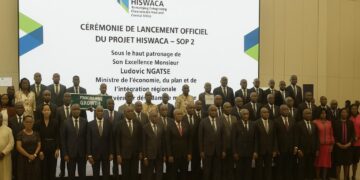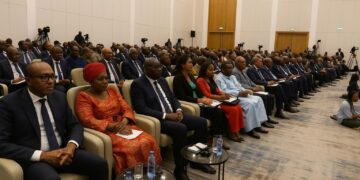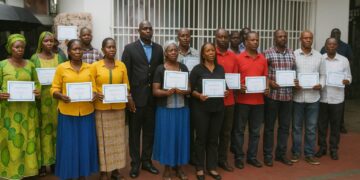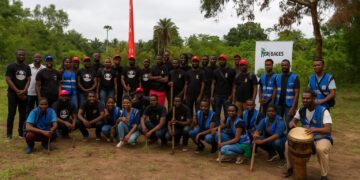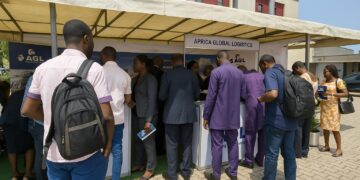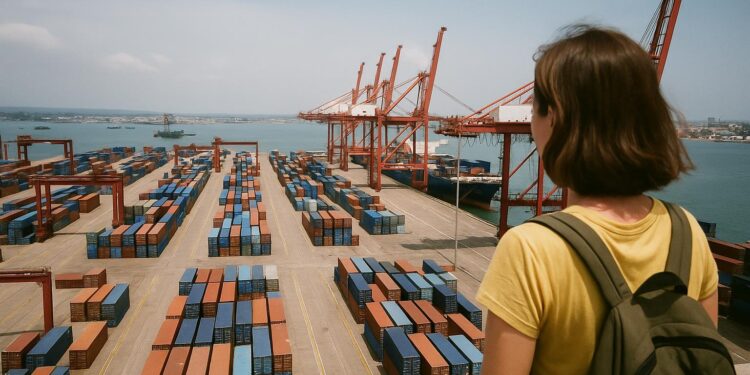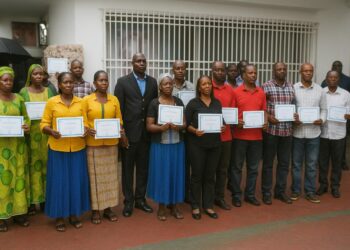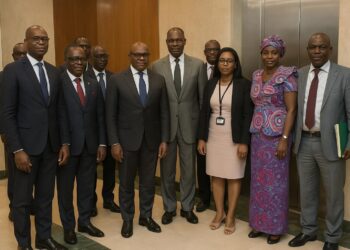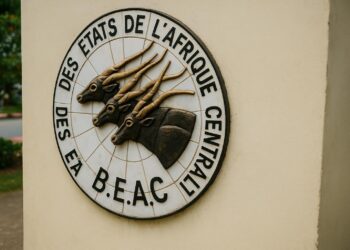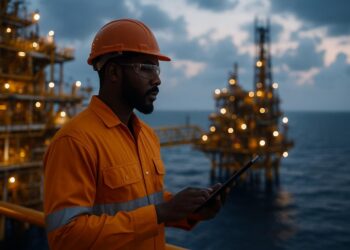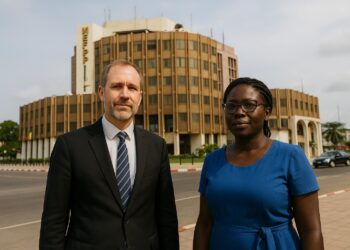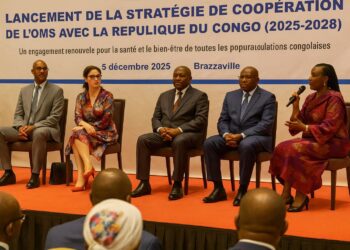Port project takes center stage
Senior officials and technical advisers gathered in Brazzaville to examine progress on the Port Autonome de Pointe-Noire extension. Their brief was clear: verify that each clause in Addendum 3, signed in August 2023, is advancing on schedule and within budget without disrupting current throughput (Journal de Brazza).
General manager Séraphin Bhalat noted that the 750-metre quay, 28-hectare yard and 17-metre draft will more than double annual capacity. “Our ambition is to welcome 14,000-TEU ships and capture hub traffic now routed through Walvis Bay and Lomé,” he said after the meeting.
Strategic stakes for Congo’s blue economy
The PAPN already handles nearly 90 % of Republic of Congo import-export volumes. Extending the terminal dovetails with the government’s 2022-2026 National Development Plan, which places maritime services alongside hydrocarbons as pillars for diversification under President Denis Sassou Nguesso’s agenda.
Analysts at Central Africa Consulting underline that a deeper berth reduces trans-shipment costs for regional mineral exporters, while the enlarged yard helps agro-industrial shippers avoid seasonal congestion. Investors therefore read the project as a hedge against commodity volatility in the wider Gulf of Guinea.
Financing model and concession fees
Addendum 3 preserves the public-private architecture established in 2009. Congo Terminal, now controlled by Africa Global Logistics, finances civil works, equipment and initial dredging in exchange for a twenty-year extension of its lease. State contributions focus on customs digitisation and coastal access roads.
During the review, treasury officials confirmed that the concession royalty remains indexed to container movements, with a floor of CFA 8,000 per unit. This variable mechanism aligns state revenue with traffic growth while limiting upfront fiscal exposure, a point praised by BEAC economists tracking regional debt ceilings.
Engineering challenges and dredging plan
Bathymetric studies ordered in late 2023 identified clay pockets below minus-17 metres, requiring cutter-suction dredgers to operate in phases to avoid turbidity spikes. The technical sub-committee endorsed an adaptive dredging schedule tied to seasonal swell patterns recorded by the Hydrography Service.
Environmental safeguards include silt curtains, water-quality monitoring and mangrove replanting along the Kouilou river mouth. The Ministry of Environment confirmed that the extension’s carbon footprint will be offset by reforestation credits under the Congo Basin Blue Fund, reinforcing the country’s climate commitments.
Logistics ripple effects across Central Africa
Once operational, the new quay is projected to cut vessel turnaround times from 40 to 26 hours, according to simulations by French engineering firm Egis. That performance could redirect transit flows from landlocked neighbours, notably the Copperbelt exporters in southern Democratic Republic of Congo and Zambia.
Transport unions in Cabinda and Kinshasa have welcomed the prospect of lower freight rates, citing a World Bank estimate that every 24-hour reduction in dwell time saves regional shippers up to 0.8 % of cargo value. Competitive pressure may trigger upgrades at rival ports, fostering a virtuous cycle of efficiency.
Aligned with digital port evolution
The committee also assessed progress on the community information system. A new single-window platform, supplied by a consortium led by Cameroon’s ARINTECH, will integrate customs, immigration and port authority data by mid-2024, reducing paperwork and flagging hazardous goods in real time.
Séraphin Bhalat stressed that dockside 5G coverage, co-financed by MTN Congo, is essential for synchronising crane operations and automated gate lanes. “Digital fluidity multiplies the physical gains of concrete and steel,” he argued, echoing the government’s broader digital transformation roadmap.
Social dialogue and local content
Human-capital considerations featured prominently. The operator pledged that at least 55 % of the 600 construction jobs will go to Congolese workers, backed by training partnerships with the National Polytechnic School in Pointe-Noire.
Port unions sought reassurances on health and safety during dredging. The Labour Inspectorate is now tasked with weekly audits, while the concessionaire will provide personal protective equipment and a mobile clinic on site, aligning with OHSA benchmarks and reinforcing social cohesion around the project.
Risk matrix and mitigation
Currency volatility ranks high on the risk register. However, the BEAC’s CFA-franc peg to the euro limits exchange-rate shocks, and the operator has arranged a multicurrency hedge with Société Générale to secure equipment imports priced in US dollars.
Geopolitical analysts see moderate piracy risk in the Atlantic corridor. The Navy’s Pointe-Noire base recently upgraded patrol craft under the Gulf of Guinea security architecture, providing an additional layer of comfort for insurers underwriting the expanded terminal.
Next milestones and market outlook
The oversight committee will reconvene in September 2024 to validate dredging progress and approve the first batch of ship-to-shore cranes. Full commercial operations are pencilled in for Q4 2026, subject to weather and supplier lead times.
Investment banks covering Central Africa forecast that PAPN volumes could reach 1.8 million TEUs by 2028, up from 1.1 million in 2023. That trajectory, if realised, positions the port as a credible alternative to West African mega-hubs, enhancing Congo’s fiscal buffers and attracting ancillary industries.






